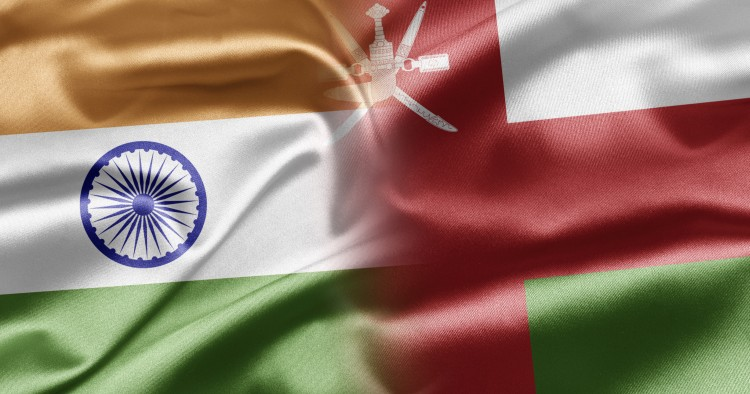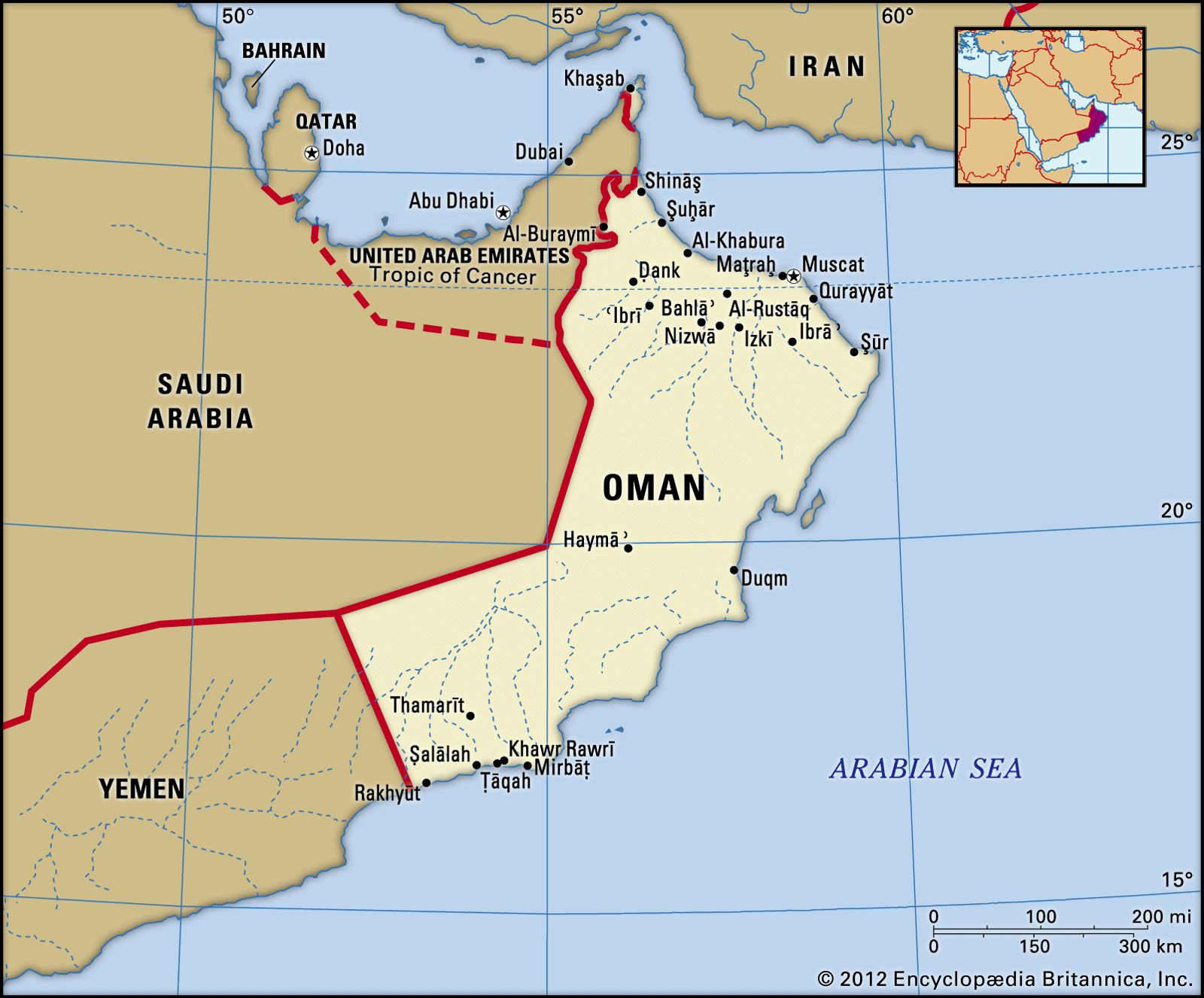Free Courses Sale ends Soon, Get It Now


Free Courses Sale ends Soon, Get It Now



Copyright infringement not intended
Picture Courtesy: https://www.mei.edu/publications/enhancing-india-oman-economic-engagement-four-promising-initiatives
Context: A delegation from the National Archives of India (NAI) visited the National Records and Archives Authority (NRAA) of Oman to explore potential areas of collaboration in the field of archival management.
Key Highlights
As a gesture of goodwill, India provided the NRAA with:
Outcomes
EPC Activities (proposed)
India-Oman Relations
Historical Connections
Political Cooperation
Economic Interdependence
Defence and Security Collaboration
Cultural Connections
Future Prospects
|
OMAN |
|
|
Bordering Countries |
United Arab Emirates Saudi Arabia Yemen |
|
Water Bodies |
Arabian Sea Gulf of Oman |
|
Economy |
Dominant Sector: Oil and Gas (accounts for a significant portion of GDP) Growing Sectors: Tourism, Logistics, Fisheries Challenges: Diversification away from oil dependence |
|
Political System |
Type: Hereditary Monarchy Limited political participation: The Sultan holds significant executive power. |
|
Physical Features |
Terrain: Mostly mountainous desert plateau with coastal plains. Hajar Mountains: Run along the northern and eastern coasts, with Jabal Shams being the highest peak. Rub' al Khali desert: Covers a large portion of the south, known as the "Empty Quarter." Dahliyah Sands Wadis: Seasonal river beds that become temporary waterways during heavy rains. Oases: Scattered fertile areas with natural springs or underground water sources. |
|
Environment |
Climate: Arid with hot summers (average highs exceeding 40°C) and mild winters (average lows around 15°C). Rainfall: Scarce and sporadic, concentrated in the winter months. Biodiversity: Diverse, with over 550 bird species, 120 mammal species, and unique flora adapted to the arid climate. Environmental challenges: Desertification, water scarcity, habitat loss due to development. |

Must Read Articles:
INDIA OMAN RELATIONS: https://www.iasgyan.in/daily-current-affairs/india-oman-relations-5
|
PRACTICE QUESTION Q. Which country does not share a land border with Oman? A) Saudi Arabia B) Yemen C) Iran D) Qatar Answer: D Explanation: Oman is situated in the southeastern corner of the Arabian Peninsula, bordered by Saudi Arabia to the west, Yemen to the southwest, and the Strait of Hormuz to the north. It does not share a land border with Qatar, which is located across the Persian Gulf. |
© 2024 iasgyan. All right reserved